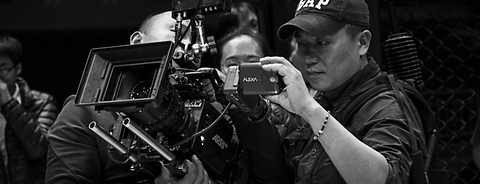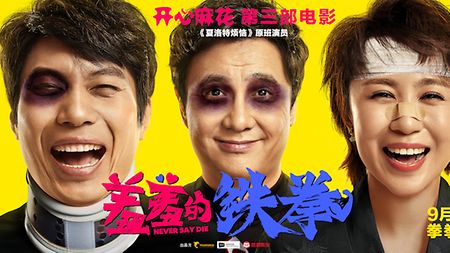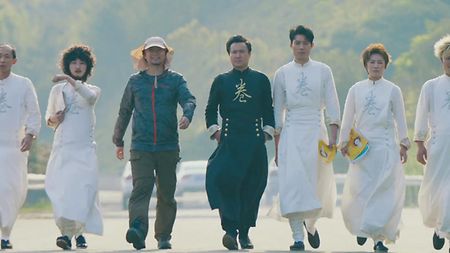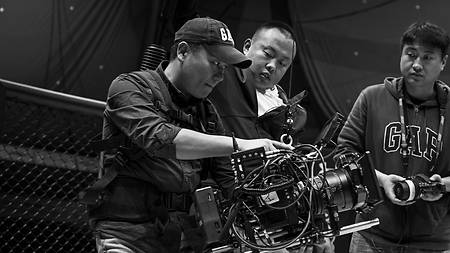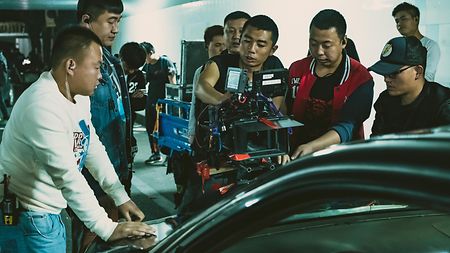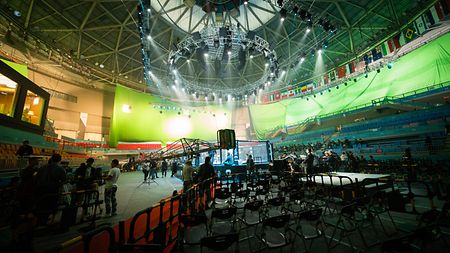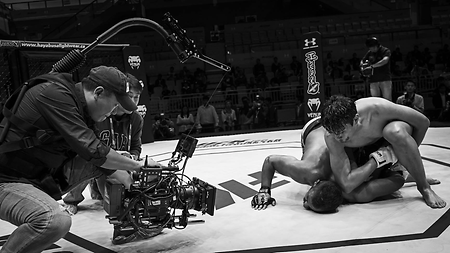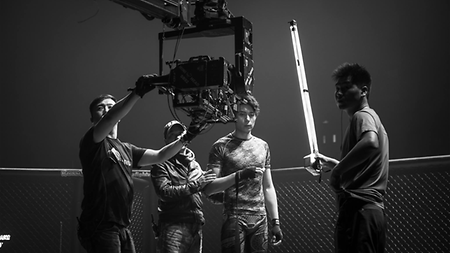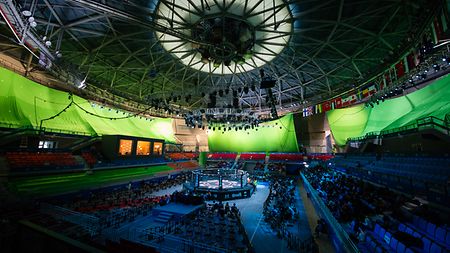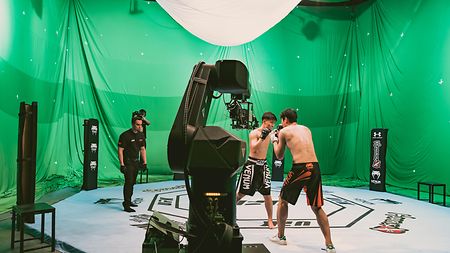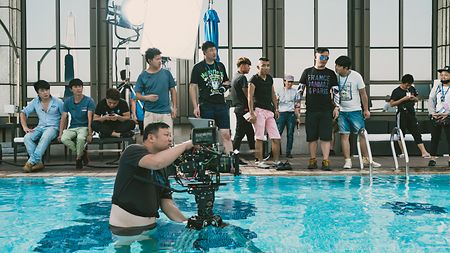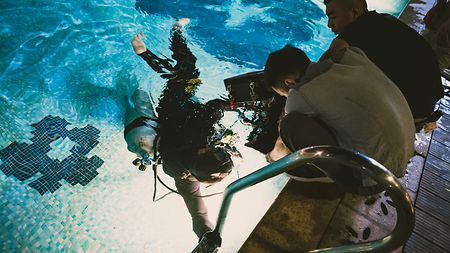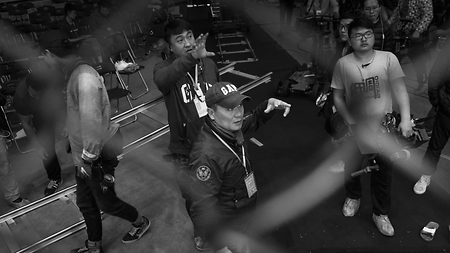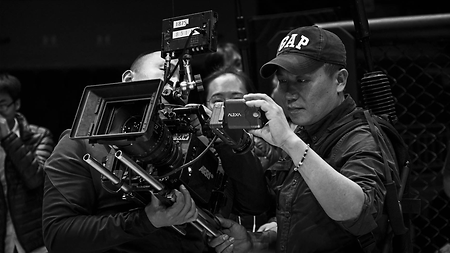What lenses did you use?
I had two sets of Master Prime lenses and two zoom lenses from Angenieux. I used Master Prime lenses on my previous projects such as "But Always," "Fleet of Time," and "I Belonged To You" so I’m very fond of these lenses and I believe they have the best optical quality of the lenses offered by ARRI. I find their large aperture particularly useful when working with low levels of light. Especially when shooting night scenes, having a large aperture helps tremendously. By carefully choosing the location and making use of the available light, we were able to get decent pictures with Master Prime lenses without a lot of artificial lighting. There was no visible image quality degradation when these lenses were used wide open, which was quite reassuring. Of course we didn’t use them wide open all the time, otherwise the depth of field would have been too shallow and various background details would have been obscured. Overall, Master Prime lenses offered excellent color rendering and a sharpness that fit the style of the film.
Can you talk about the lighting design of the film?
Overall the film contains vibrant and bright pictures. Originally, I thought about making some of the fight and car chase scenes more stylized by darkening them. But in the end, I went with a more realistic look that retains as much detail as possible. An over-stylized look might have undermined the comedic effects. Also, in other scenes, we did not want unrealistic “beauty” lighting effects. The indoor lighting looks like what you would expect in real life; same with the stadium lighting. As an example, for the press conference scene and the stadium scene in the film we hired a professional stage lighting technician to acquire an authentic look. Then we added some subtle enhancements on top.
